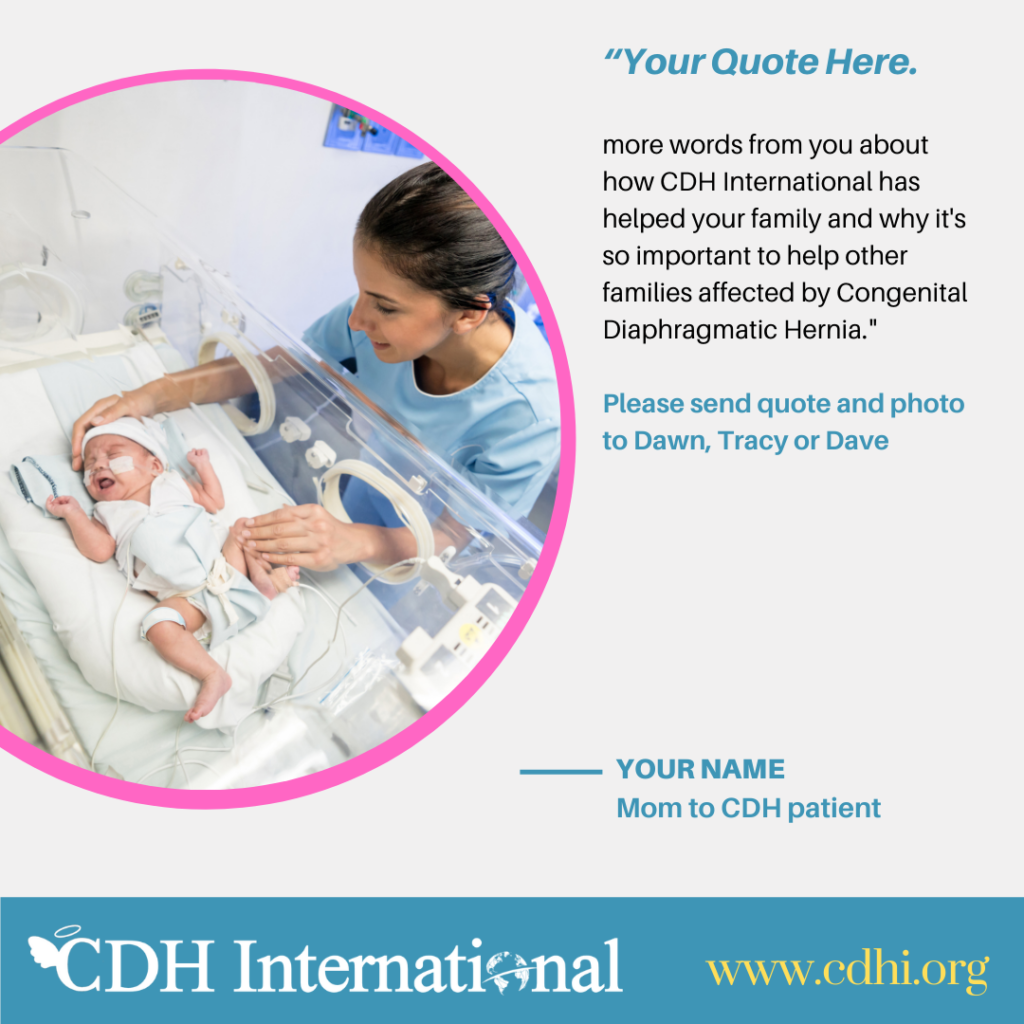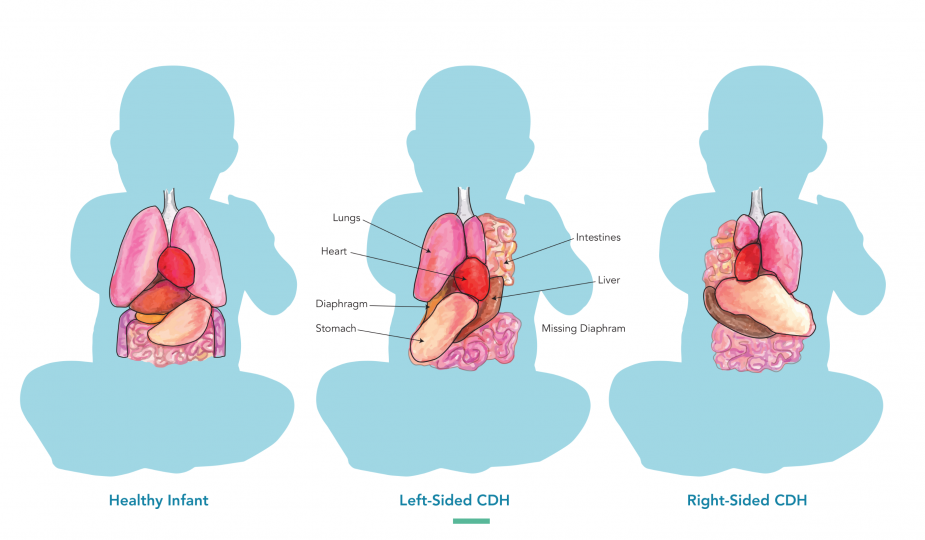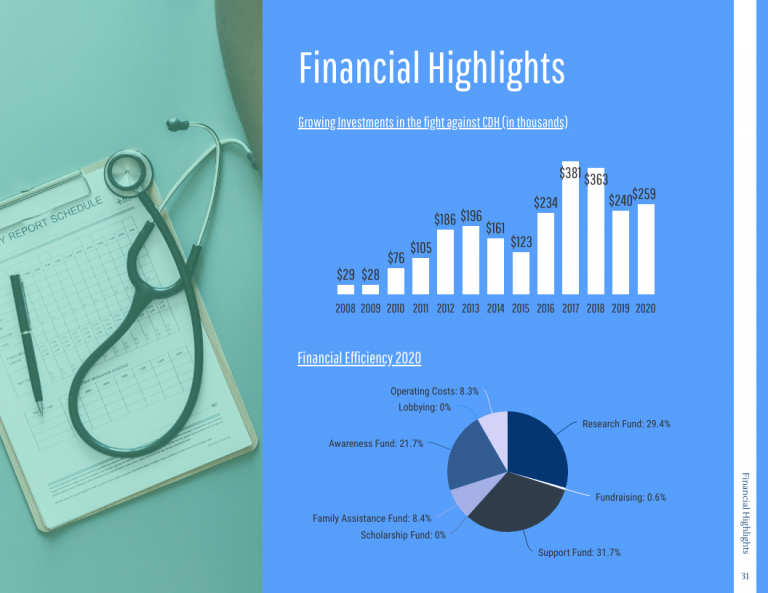Every year, 52,000 children are born with CDH. In Higher-Income Countries, 50% of these babies survive. In Lower-to-Middle-Income Countries, less than 1% survive their first week of life. Help CDH International give these children a fighting chance.
Make a one-time donation.
coding here- CDH International has a 9% overhead. This means that 91 cents of every dollars goes directly to fight CDH.
- CDH International works diligently to help over 6500 member families in 74 countries on an annal budget of just $250,000.
- CDH International is registered in 7 countries to better fight for these babies globally
- CDH International undergos annual voluntary financial audits to show our commitment to transparency
- CDH International shares not only annual financial statements, but our full 990 annual tax forms as well




Make an automated recurring pledge to help fight Congenital Diaphragmatic Hernia.
Our Family’s Battle Against Congenital Diaphragmatic Hernia
My experience with CDH is my first son who will be 14 in March of 2008 was diagnosed with a left Congenital Diaphragmatic Hernia. It was the scariest time of my life. The first surgery didn’t go very well so not even a month later he had reopened and the doctor didn’t know what was going on so they kept giving him constipation meds and nothing was working they finally did an Xray where they had done surgery before and found out it had reopened and then his body was rejecting the surgical materials. It was such a long hard process.
Today he is doing really well hasn’t had surgery in a few years. He has been trying to have a normal childhood but he really can’t keep up in sports or gym. So we have gotten him into hunting witch has been really good for him. I am a single mommy of 6 beautiful babies and my cherub baby is the oldest. Being a cherub family has taught me never to give up or take anyone for granted. Taught me to cherish my family and time with them more.

CDH occurs in approximately 1 in 2500 births, with over 1600 babies diagnosed each year in the United States alone. There is currently no known cause, but studies have suggested that it is likely due to a number of genetic and environmental factors.

k









